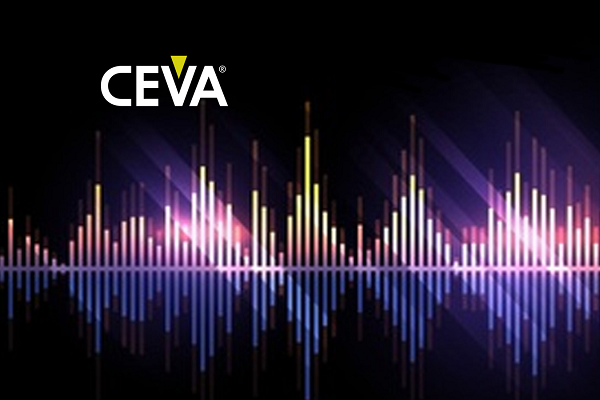CEVA Adds Wake Word Recognition Tech To Novatek Smart TV Chips

Smart sensing technology licensor CEVA announced at CES this week that it will start integrating its speech recognition and voice software into Novatek Microelectronics’ computer chips. The partnership will bring CEVA’s voice technology to Novatek’s smart TV System-on-Chip (SoC) products.
CEVA’s Voice
CEVA developed its ClearVox and WhisPro software as tools for voice control and speech recognition, respectively. WhisPro, which debuted at CES last year, acts as a high fidelity wake word detection system for voice interaction. The detection and recognition of the wake word all takes place within the device, without needing to use the cloud. ClearVox helps shepherd the voice interaction by detecting and adjusting for the environment it is in so that it can tell where a voice is coming from and filter out any irrelevant noise. The combination of wake word and noise reduction software vastly reduces the number of false positives and accidental awakenings by processing the voice even before the wake word detection system is activated. It also means a user can interrupt ongoing audio and the device will understand it is getting a new command. Both ClearVox and WhisPro will be part of the new chipsets from Novatek.
“We are excited to expand our partnership with Novatek and bring the power of the voice user interface to their smart TV SoCs,” CEVA vice president of marketing Moshe Sheier said in a statement. “Our CEVA-X2 DSP together with our ClearVox and WhisPro voice software packages allow Novatek to add new features that create a unique and tailored multilingual voice experience for their customers.”
Multiple Voices on the Edge
The way CEVA’s technology operates offers two important advantages to a smart TV or other device makers. One is that it can handle multiple wake words. That means Novatek could help build a TV that supports both Google Assistant and Amazon’s Alexa voice assistant, with the user picking which one to have in place. It also allows manufacturers to create their own wake words or give the option for a custom wake word to the purchaser.
The fact that the wake word recognition happens on the edge, that is, on the device and without the cloud, is also appealing to OEM builders. Audio technology on the edge, performing actions without using the cloud, is more efficient and often cheaper because they use less power to check if the wake word has been spoken. They also offer the benefit of more privacy because the interaction is not sent to the cloud automatically. With every voice assistant facing backlash over accidental recordings being heard by contractors, that’s not a small thing.
CEVA is not unique in seeing the appeal of audio on the edge. Companies including Picovoice, Aspinity, and Knowles developed their own software to listen for voice assistant wake words without needing to send audio recordings to the cloud. Picovoice recently launched an entire platform for building a cloud independent voice assistant. Knowles created the first Amazon-approved Alexa headset development kit, while Aspinity’s system doesn’t even digitize the audio it checks for the keywords, keeping the process analog.
Follow @voicebotai Follow @erichschwartz
CEVA WhisPro is a Low Power Wake Word Detection Solution at the IoT Chip Level
Picovoice Debuts Platform for Building Voice Assistants Without the Cloud








